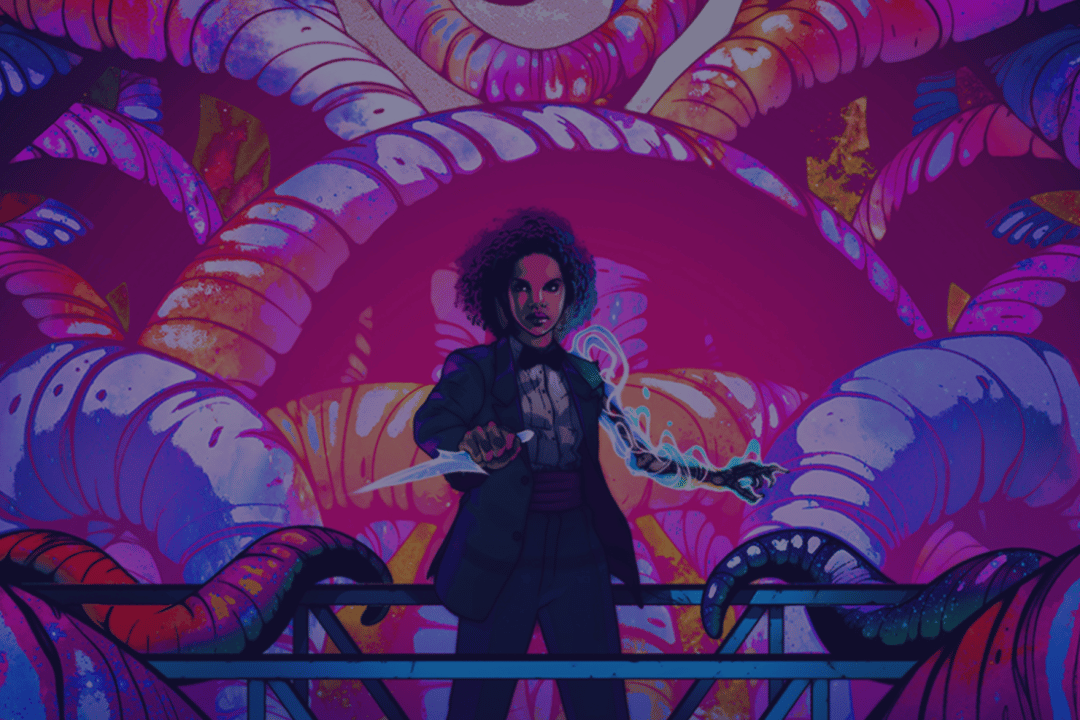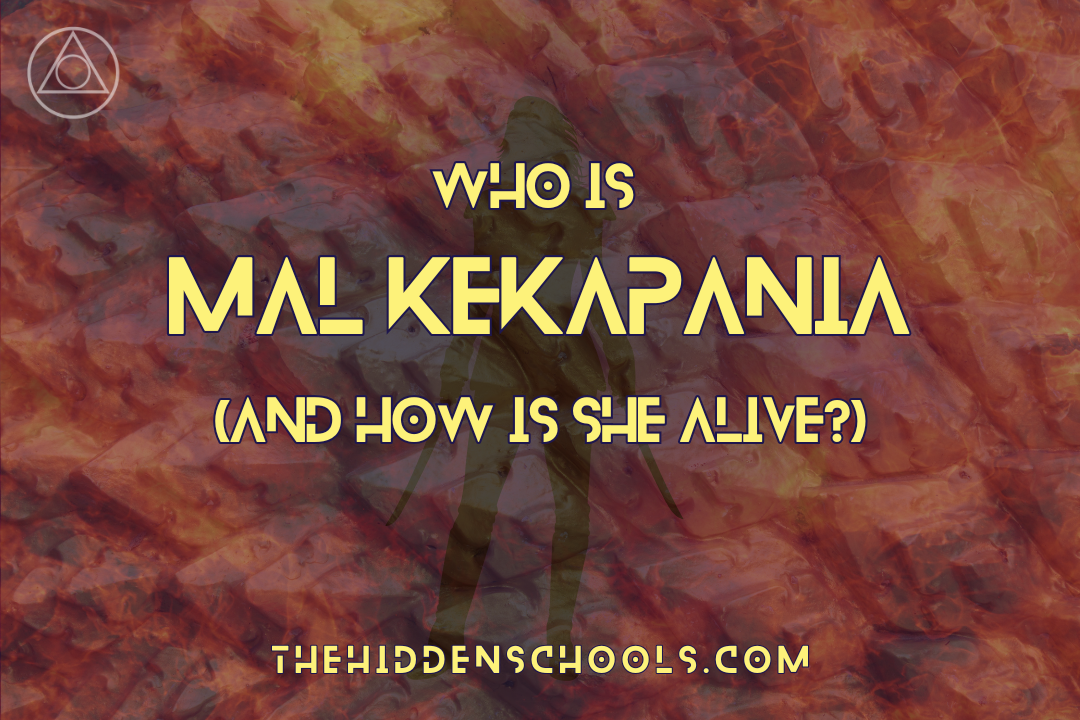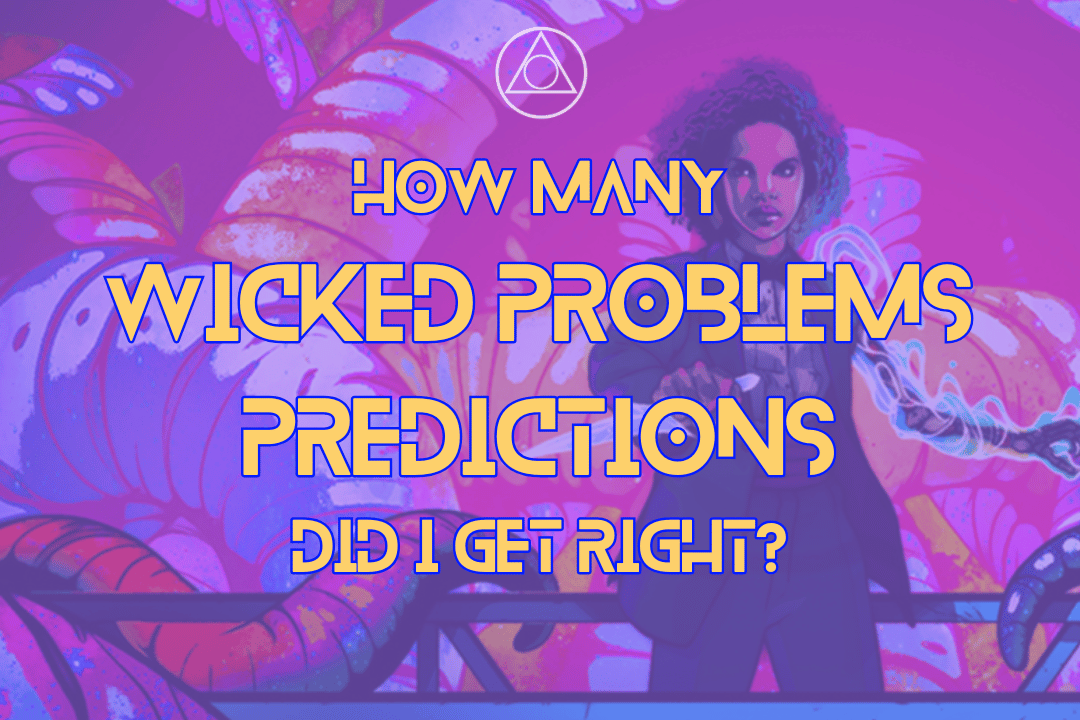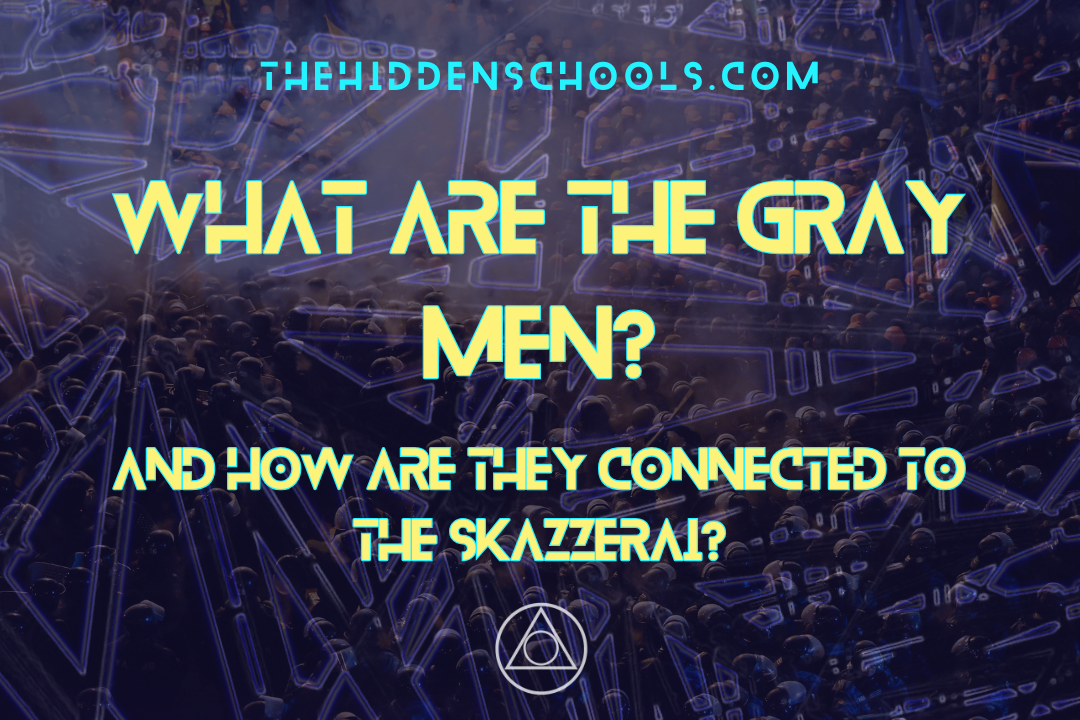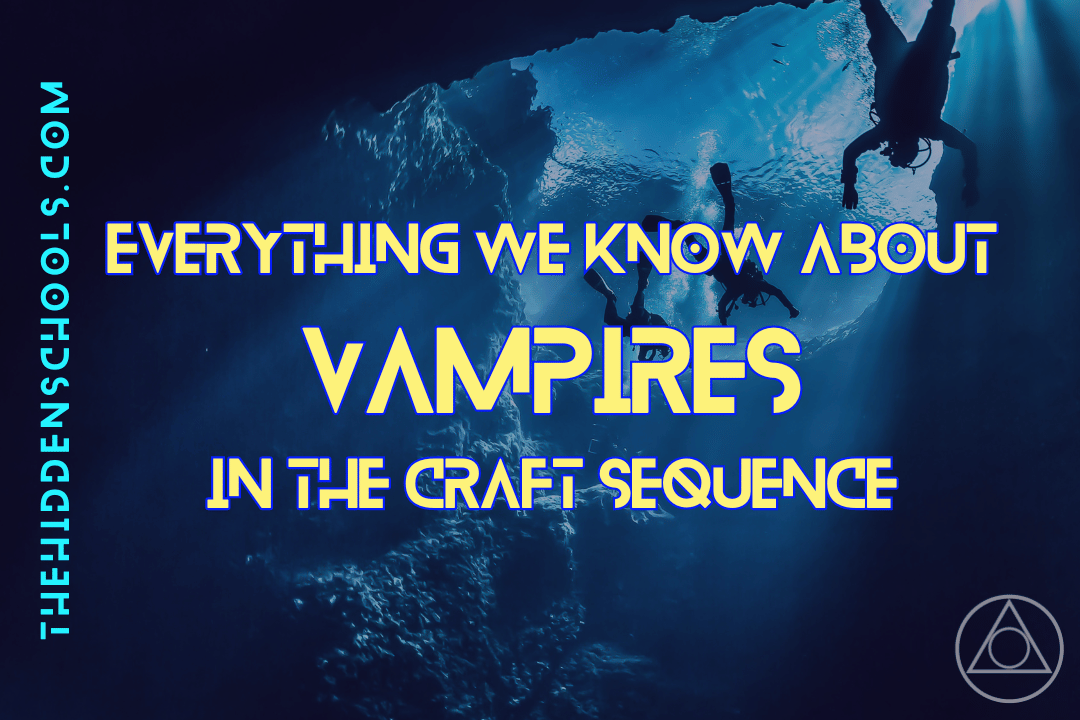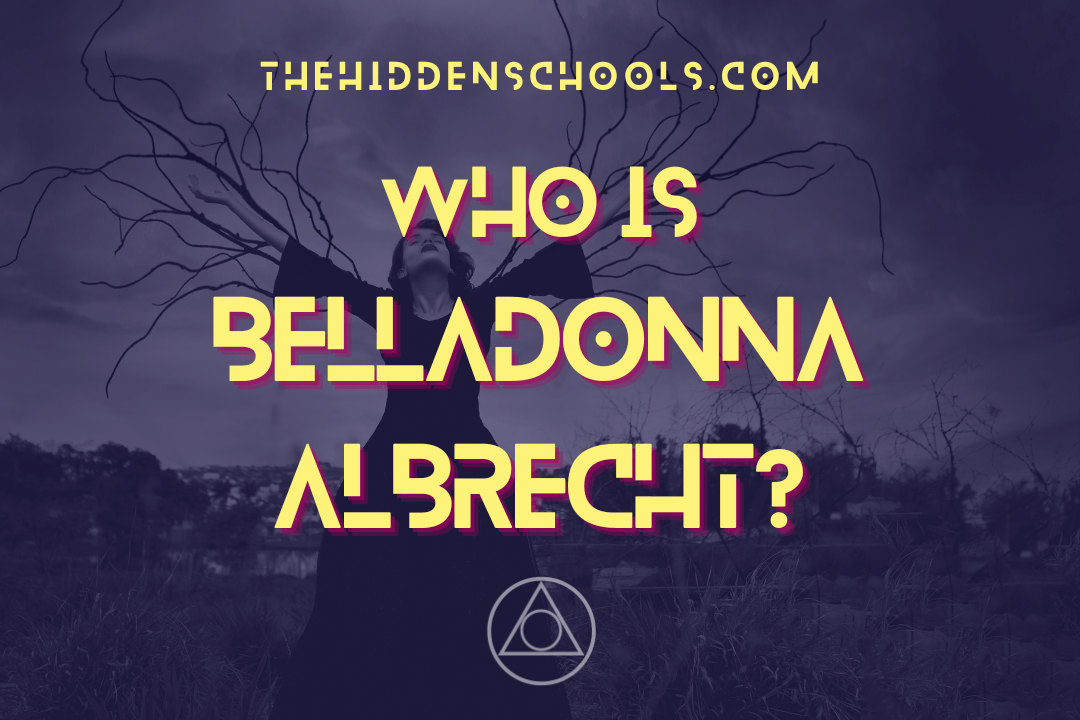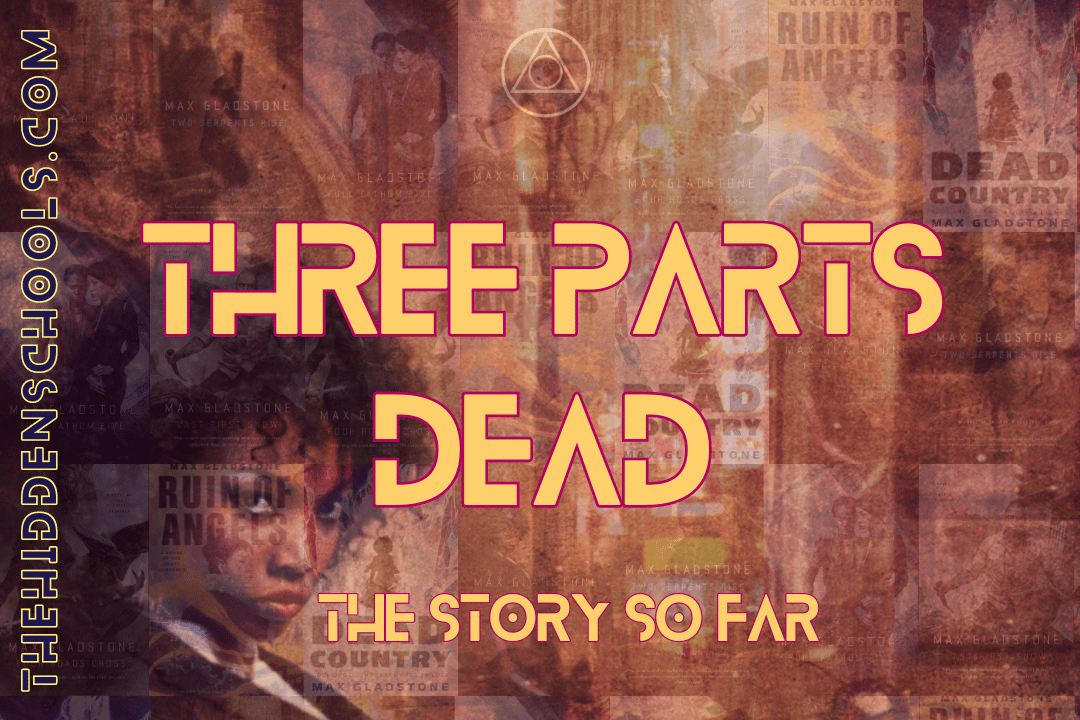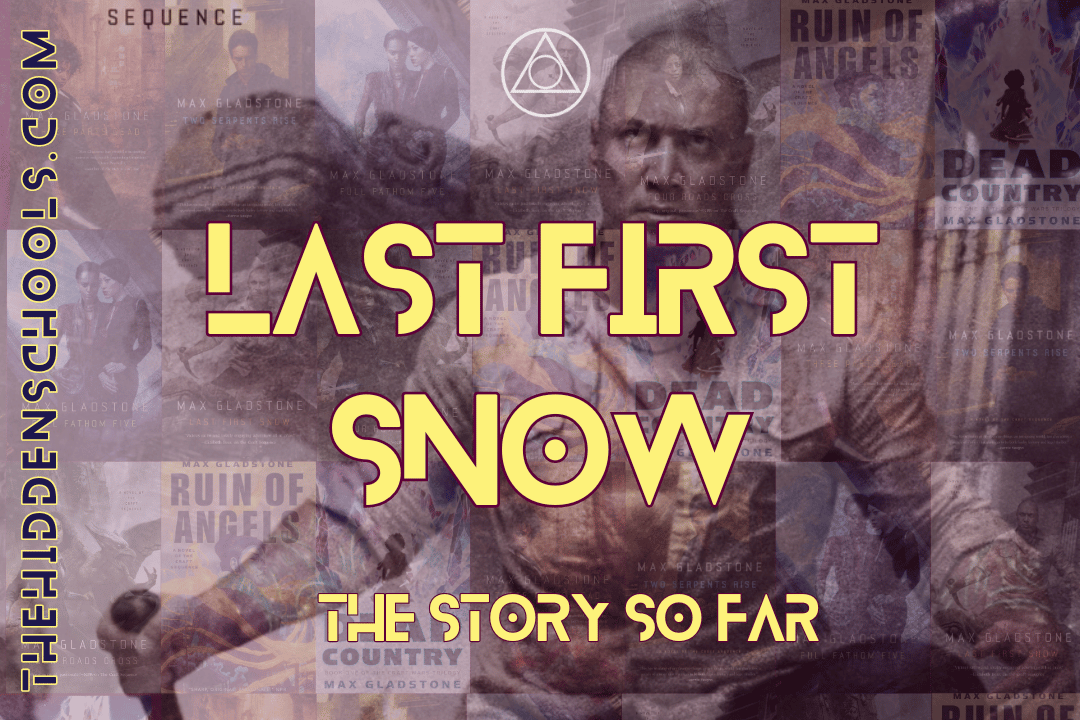Craft Sequence DRAGONS as planes and weapons (part 2)
Welcome back to everything about DRAGONS in the Craft Sequence! We’re a little after Tor’s dragon week but they were super lovely and enthusiastic about the last article on Tumblr (love you, Tor Books social team) so we wanted to get this one out nonetheless!
The last article set the scene and gave the context for dragons throughout the series so far. This article is going to focus on the two major instances of dragons in the Craft Sequence: as commercial air transport, and magical WMDs.
This will contain spoilers for, primarily, Last First Snow and Four Roads Cross - including a major climactic scene for Last First Snow. Read on at your own risk.
And a reminder disclaimer - my ereader has messed up page counts in some of the books so at times I can only cite chapters. Thank goodness this isn’t an academic paper.
Dragons as magical jumbo jets
One of the first descriptions of the Craft Sequence I used on the site, and used with friends to sell the series, is: “There are literal gods (who sometimes die), necromancer-sorcerer-lawyers (who sometimes kill them), gargoyle poets, dragons that deign to act as jumbo jets, vampire pirates, flying universities, and some of the best worldbuilding descriptions you’ll ever read.”
The dragon jumbo jets bit has consistently garnered the most excited response of the lot. Sure, it’s not a central part of the series but it’s a key part of worldbuilding and - to the best of my knowledge - a unique depiction of dragons. And it makes complete sense in the world of the Craft, like a puzzle piece pressing satisfyingly into place the first time you read it. Of course commercial long haul flights involve dragons. Of course they do!
But, being Gladstone, it’s not enough to have a cool bit of worldbuilding. Instead, we get some deep introspection about dragons, their place in the world, their reasons for performing this task when they are, well, literal dragons, and a capitalist critique.
Can’t have Gladstone worldbuilding with a good old critique of capitalism.
Our main look at dragon air transport is in Four Roads Cross, but we’re going to jump around the chronology (it is the Craft Sequence after all) so we can get a few more references in before we dive deep.
In chapter 21 of Four Roads Cross we get a little foreshadowing for our later dragon scene, with Tara thinking of how rote dragon flight can become to a Craftsperson when Shale grabs her by the waist and leaps from a skyscraper:
“A flightless being’s first takeoff introduces her to a new dimension; the twentieth time her case team boards a dragon gondola to some mid-Kathic city that barely rates a dot on the map, the rush fades.”
I believe this is the first time we hear of dragon gondolas specifically, and we of course see more of them later as part of the practicality of flying a dragon.
Heading now to an early scene in Ruin of Angels, Kai demonstrates how, actually, dragon flight can be just as bloody irritating as real life flights. Naturally, this scene serves the dual purpose of showing us the weirdness of Adgel Lex before we even get there, but on first read the main impression is how similar Kai’s experience is to ours.
“Turbulence got to her – though the flight attendants claimed the dragon had said not to worry, entirely customary for the Agdel Lex route this time of year, well within their gondola’s stress tolerance. Doubtless they would repeat that “nothing to worry about” line until they all went down in flames. No incentive telling anyone to panic. Blood and hells and all the gods, she hated flying.
…
The cabin lurched and swooped and steadied, and for a stomach-churning moment she saw only ocean and wing beyond her window, no sky at all, before the dragon reared and corrected itself.
…
The cabin shook again–you’d think they’d find some halfway competent ageless lizards to fly these runs.
…
“We’re past the cutoff, ma’am.”
Gods save us from petty tyrants. “Down is down. Does your dragon have eyes, or not?”
“We’re landing in Agdel Lex, ma’am. Down isn’t always where you left it, and you can’t ever trust your eyes.”
The next bit is less about dragons themselves, and more about the indignities of air travel we mentioned above, and I’m including it here because it a) amuses me, and b) serves to highlight what dragon travel entails in a practical sense.
“Blood and hells and all the gods, she hated flying. Not to mention that her godsdamn silver bowl wouldn’t hold still on the godsdamn seat-back tray table—there was a depression, yes, a little courtesy carving in the teak inlay meant to hold the tiny cups of horrible coffee the charming attendants served, but it was too far forward and to the right, and much too small, to hold her brand new “fits-anywhere!” folding sacrificial vessel. If she placed the bowl in the tray table’s center, it pressed against the back of the seat in front of her, the inhabitant of which seat had, naturally, reclined, and if she moved the bowl toward her, its lip dug into her chest, and either way, given Kai’s luck, a sharp bump would spill blood all over everything. She hesitated, frowned, then tapped the four-armed sculpture of knives and glass sitting ahead of her in 14F on one of its shoulders, after she found a spot she felt reasonably sure wouldn’t carve her open when she touched it.”
As someone who has done many a long haul flight, with both a chronic illness and 6’4 travel companion, I feel this frustration deep in my soul. I see you, Kai. I see you.
…though I am yet to need to do a blood sacrifice to pray to my goddess slash make a phone call in the middle of said long haul flight, so you’re on your own there, Kai.
“Prayers interfere with navigation.”
“Exactly how many navigational instruments does your enormous, basically immortal lizard need to tell which way is down?”
“Agdel Lex airspace presents navigational challenges—”
Again, the worldbuilding here is next level - prayers interfere with navigation? Even when your aeroplane is an ‘enormous, basically immortal lizard’? Gladstone playing around with fantasy to represent the absurdities of our own world remains one of my favourite elements of the Craft Sequence. Having to turn off devices even on flight safe mode when you take off and land is one of the most admittedly minor but irritating things (especially when only some airlines require it, making any justification much harder to accept). Just let me listen to some kpop while we descend from the heavens, please.
…with that rant over, let’s take a look at Dead Country. We only get a brief scene of dragon travel, when Tara dazedly leaves Alt Coulumb for Edgemont, but there are a couple of significant differences to Kai’s journey that are worth exploring.
“Habit took her across the dragon-bridge to her cabin, and the beating of great wings lulled her to an approximation of sleep, and late at night when the dragon’s porter woke her to ask how she’d prefer to descend–they had opterans and balloons and short-flight Craftwork to let off passengers whose destinations fell outside their usual landing route–habit helped Tara wave off the porter’s aid and roll her suitcase to the hatch.
The desert spread beneath, endless and unbroken as ever, stippled here and there with gnats of light.
Just like old times.
She stepped out of the hatch and fell.
Falling was the best teacher. The ground never lied to you.
Neither did the desert.
She lay coughing beneath the deep stars as the dragon flew west.”
Let’s unpack this.
First of all, Tara has a cabin not a row of seats like Kai. Is this an economy versus business class distinction? That doesn’t sound especially sensical, given that Kai is actually travelling on business with a business budget, whereas Tara is flying for her own means and definitely doesn’t have a massive bank balance of saved soul.
That being said, Kai’s trip was a last minute addition to her schedule and her boss doesn’t seem particularly happy about it, so she may be trying to cut costs. We don’t read about how Tara booked her flights, but we know that Seril and Shale were trying to make her journey easier - perhaps they upgraded her ticket?
Or perhaps different routes have different styles of accommodation, more akin to different train options than modern flights. On a sleeper train, you will indeed get a cabin rather than a seat in a crowded carriage. Maybe the cross-Kath route is different than the Agdel Lex route - after all, Kai is not travelling from Kavekana or the New World, but from allegorical Europe. Maybe her flight is considered short haul, or even a budget airline, compared to Tara’s?
Either way, the comparison is interesting.
Secondly, we see that people are able to leave dragon journeys outwith scheduled stops. This makes a lot of sense, particularly for the Craftsfolk of the world, and would mean fewer dragons are required to do fewer trips, likely a necessity in this world. There surely can’t be that many almost immortal truly gigantic magical beings that are willing to act as aeroplanes? More likely, there are a few key routes and a few dragons who fly each. It does appear that Northern Kath, at least, is rather less populated than North America, which may also help on the practicality (no citation for that, that’s a future article).
We hear a little more about this later in the book when Tara briefly considers leaving Edgemont:
“Two nights’ walk would take her to a rail station, and she could hitch from there to Addington where the small airfield would flare for a dragon to Chikal, or all the way back to Alt Coulumb.”
A question here is what flies from the small airfield? Smaller dragons? Or are there other beings or machines that fly shorter routes? We know that Craftsfolk can fly themselves, and in Dresediel Lex there are airbuses, optera and couatl for various purposes, but is there a more inter-city equivalent?
Now let’s get into the real detail offered in Four Roads Cross:
“A dragon crouched on the runway.
Even at this distance, its scale beggared thought. The road passing beneath the dragon’s left wing to the embarkation hall seemed no thicker than a hair at this distance. Word problems: Based on that proportion, estimate the size of the creature on the tarmac. Determine the width of those black shining scales, the curvature of those teeth.
Trick question. No number could match the beast. Math did not follow the mind down such dark roads.
The dragon faced west. The tail gave an earthquake twitch. Broad chains crisscrossed its back, supporting the gondola. The observation deck across its shoulders perches on hydraulics to keep level as the wings beat. Vast slitted eyes cast spotlight circles on the ground.
…
They ran past janitors mopping floors; the dragon eclipsed the sky outside the window. A deep rhythm pulsed through floor tiles. At first she mistook it for the thrum of ventilation or of escalator machinery, but they’d passed no escalator, and ventilation would be softer.
Heartbeat, she thought.”
There is more detail before and after this to add colour to the airport experience, but - as much as I love it - this article is already taking me long enough to write so we’re going to focus purely on the dragon-ness.
Dragons in the Craft Sequence are unspeakably, unfathomably vast. Even a Craftswoman trained in seeing unspeakable magic, breaking down what’s in front of her to its constituent parts, can barely conceptualise the size of a dragon in front of her. We get even more of this vertigo inducing description once Tara has boarded the dragon, and in the middle of the night leaves her cabin to explore the observation deck and beyond.
“A light blinked green over the door to the observation deck, indicating the platform was mostly safe.
She emerged into the chill of great height. She shivered from the breeze, but she soon adjusted. It was not so cold as it should have been. Craftwork managed wind and pressure, and oven warmth radiated from the dragon’s scales.
…
Wings claimed the sky in huge slow sweeps. Her stomach lurched when she watched those spreading bones and the taut scaled skin between.
…
Our body thinks nothing large enough to be landscape should move.
Tara needed stars. She gripped the observation deck’s railing and vaulted over.
Glyph-lines woke on her skin and whispered moonlit arguments. Old deals the first Craftsmen struck with the sky arrested her fall. She stood on a platform of air and walked uphill beneath and around the wide neck.
The double drumbeat of the dragon’s heart faded as Tara walked. Another sound replaced it as she climbed past the shoulders’ shelf and along the four-storey neck: a deep mellow drone on the low edge of hearing, accompanied by creeping dread in her gut. The sound she heard was only an overtone. The dread was the note the dragon hummed.
The dragon’s head was twice the Bounty’s size, its crest taller than the ship’s mainmast.
She reached the slope of its brow, high and arched like an eagle’s, and continued forward, contemplating the ground. Breath steamed the air. It smelled more of ozone than of the sulphur she expected.
The gut dread stopped.
She stood beside the dragon’s eye. It was taller than she was, and not completely closed. A curve of hunter’s moonlight showed beneath the lid.
The eye opened.
It glistened, wet, immense, slit-pupiled like a cat’s. The dark beyond the pupil seemed sharp, as if there were facets inside.”
“Nothing large enough to be landscape should move” truly encapsulates the scale of dragons. I don’t think there is a flight equivalent in our world - even the largest Airbus A380* couldn’t compare to a dragon.
(*my brother is obsessed with planes and I know far too many details about them off the top of my head, send help).
Perhaps a better equivalent would be the humongous cruise ships that seem determined to drown Venice and other tourist destinations. Imagine one of them sentient, moving of its own accord, breathing, heart beating. It would be a terrifying sight to behold.
We learn more about dragons and how they operate as passenger vehicles in the next passage, an excellent example of Gladstone’s ability to interweave humour, existential musings and worldbuilding. This next quote is quite long, but absolutely essential.
“I didn’t mean to interrupt,” she said. Dragons did not eat people often, certainly not ones they’d agreed to carry.
The dragon watched her as they flew west.
She looked up, because down was too far and so was out, and back and to either side only confronted her with more dragon. The space between the stars comforted her, thick and rich as good chocolate.
…
“Nice night.”
–Yes.
Sound below sound composed the voice. She did not fall, nor did she yelp, though she almost did both. Even a Craftswoman could fake only so much composure set beside, well.
“I’m sorry if I disturbed you.”
–There was song before, and there will be song after.
“I see.”
–I play no role in cabin service. If you have trouble, please direct your concerns to the crew.
“I don’t,” she said. “Or at least I don’t have any trouble they can fix. I needed a walk. Were you singing?”
–Meditating.
“Dragons meditate?”
–You do not carry all your soul within yourself.
“I’d go mad. The more you have, the faster your mind spins. It comes apart. That’s what banks are for.”
–Imagine how it feels to have a hoard.
“Oh,” she said. “So you meditate to handle it?”
–Some lose themselves in riddle games or chess or weiqi. Some tell tales or explore. Some dream new worlds. I still the spinning.
“I could use some of that myself.”
–Yes.
“And you carry people from place to place.”
–Yes.
“Why?” After she spoke, she felt a stab of fear that drawing the dragon’s attention to the ludicrous fact of its employment might cause the creature to shrug free of chains, cabins, and gondola alike.
–Are you interested in the particulars of my case, or in general philosophy?
She did not know how to answer, so said nothing.
–You wonder at power yoked to service. You wonder because you have come into power young and are learning that power comes through the acceptance of a bond. But if to have power is to be bound, then what is power?
“I wouldn’t have put it that way,” she said.
–I bear these people because Craftsmen, broadly speaking, do not love what they cannot use, and destroy what they do not love. So I make myself useful in some minimal way, as do others of my kind.
“Because you’re afraid of us?”
–No. Because I enjoy flying far and fast, and I find this work more pleasant.
“Than what?”
–War.
“I’m glad to hear it,” she said. “But don’t you find it sad that you have to live like this? That you can’t just hum in a cave somewhere?”
–No.
She waited.
–I find it funny.
“What?”
–We are what we ever were: huge, strong, and ancient beyond your reckoning. We have crossed vast gulfs of time and space. And you think (the subsonic dread returned in sharp pulses rather than the earlier sustained note, and her mind named the dread pattern laughter) you think because looking at us you can say that one draws a salary, this one bears us from place to place, that your limited comprehension gives you any measure of safety or control.”
Well that’s not at all ominous, is it?
Dragons as weapons of mass destruction
On that portentous note, let’s move on to the That Dragon Scene. If you, like most people, read the series in either publication or chronological order rather than one of our weird and wonderful sequences you will have come across this scene in Last First Snow before the jumbo jet scenes; on my first read I hadn’t noticed many, if any, of the references mentioned in part one, and this was my first introduction to dragons in the Craft Sequence at all.
Let’s get into it.
“Then the Wardens folded their wings at once and dived, and the sky before the Quechal angels rippled, twisted, inverted, and went black with spreading scaly wings, a battleship-broad back, tail long as a highway and thick as a magisterium tree, cavernous jaws with teeth three times the height of a man. Even the eyes were enormous. A ruby glared from the creature’s forehead, supernova bright, and in state at the root of its neck stood the King in Red.
In her shock, Elayne almost let the Skittersill ignite.
It was not a dragon.
Well. It was not a dragon anymore.”
If the Skittersill Rising wasn’t bloody and destructive enough already, with magical napalm dropped on protestors, bloodthirsty gods rising and supping on their faithful, the dead being raised into angels, now we have the King in Red astride a dead dragon transformed into a weapon that shocks Elayne - ELAYNE - so much she nearly loses focus.
By this point in the battle we’ve seen great horrors of war, godly and Craft weapons aplenty, but this one supercedes them all.
“Dragons, in their age, and wisdom, and might, rarely meddled in human affairs. They took sides in the God Wars, when after long decades the struggle finally threatened to crack the egg of the world—lent aid to Craftsmen, then retired once again to their quiet slow empires and millennial games. Some, young and curious, hired themselves out as carriers for air freight, but the elders kept apart.
But dragons were not sentimental for their dead. The dead were landscape, the dead were for devouring. Humans had some atavistic reluctance to transform their corpses into weapons; dragons had no such qualms, and did not flinch at Craftsmen’s first careful question as to whether they would mind, so much, if humans ran a few experiments with their bodies. And so in death they were reborn—the dead ones lacked the living’s supernatural cleverness, but their immense frame and unique biology, their polymer scales no artificial process could duplicate, their muscles stronger and more durable than any hydraulic system, the bones from which an enterprising engineer could hang a fortune’s worth of weaponry, their colossal lift, and of course the atomic forge within that could power much more than mere fiery breath, Craftsmen could find use for these.
Expensive to operate. A thousand souls or so to fund a minute’s combat. But then, war always had been a chance for great powers to play with their most exquisite toys.
Elayne closed her eyes, and within, between, beneath the scales of the King in Red’s dragon, she saw Craftwork weapons spin to absurd heights of power. And, as the Skittersill angels broke for cover, the guns spoke.”
This tells us a hell of a lot about both dragons, the Craft, and the God Wars.
Dragons appear to typically live somewhat outside the rest of the world, with “their quiet slow empires and millennial games” - with millennial in this context meaning multiple millennia as opposed to the IRL generational term. Like many ancient and / or immortal fantasy creatures, human lifespans, empires and wars are trifling to them, our lifespan that of a mayfly compared to their countless years. Yet, the God Wars were so immensely destructive and threatened to destroy the entire world, so dragons chose a side - that of the Craft.
We don’t know exactly what living dragons did to intervene in the God Wars, but we do know that Craftsmen - capitalist necromancers that they are - saw the power of dragons and wanted to use it, preferably once the dragon in question was happily deceased. The dragons don’t mind, not caring for their dead, but there is another, darker rationale that connects back with something Tara’s dragon conversational partner says in Four Roads Cross:
“–I bear these people because Craftsmen, broadly speaking, do not love what they cannot use, and destroy what they do not love. So I make myself useful in some minimal way, as do others of my kind.
“Because you’re afraid of us?”
–No. Because I enjoy flying far and fast, and I find this work more pleasant.
“Than what?”
–War.”
Dragons, whether they consider themselves individuals or a broader society, intervened in the God Wars because Craftsfolk were on track to break the world; even after the Wars ended, those same Craftsfolk continued to experiment with unknown magics making huge swaths of the world unliveable. We read in Last First Snow that “Some, young and curious, hired themselves out as carriers for air freight, but the elders kept apart.”
Young, of course, could mean a great many things in relation to a dragon’s lifespan, but let’s focus on that second part: hiring themselves out as carriers for air freight. Curiosity doesn’t seem to be the primary motivation of the one dragon we hear from directly, though it doesn’t seem to be particularly burdened or bothered by its job. Rather, it seems like it was a dragon that fought in the God Wars and doesn’t trust that Craftsfolk will allow dragons to live in peace unless they make themselves useful. Acting as an aeroplane is preferable to becoming a weapon, for this dragon at least.
A dead dragon is a weapon in a different way than a living one could be. As we see above, they lack “the living’s supernatural cleverness” but their bodies offer a framework unlike anything else in the Domain. Expensive to actually use in battle - a thousand souls for a minute’s combat - but it doesn’t seem that Kopil requires more than a few minutes of combat to take down the Skittersill angels.
So what weaponry is actually built into this fearsome dragon corpse?
Elayne says “within, between, beneath he scales of the King in Red’s dragon, she saw Craftwork weapons spin to absurd heights of power. And, as the Skittersill angels broke for cover, the guns spoke.” We see a bit more from Chel, Temoc and Elayne’s perspectives throughout the battle:
“Chel did not wait to understand the shape that emerged from nothing in the sky. Immense, claws, teeth, fangs, nightmare eyes, swallowing up the sun: that was enough.
…
A cloud of cold iron flechettes erupted from the dragon’s wings and filled the air where she’d just been: hundreds of thousands of metal slivers flying at the speed of sound. The others had no time to guard themselves; the gods did that for them by instinct, forging magnetic shields in the air around their servants. But the flechettes did not ricochet. Glancing off the shields, they darted out, turned, and sped back for a second pass, a third, a fourth. A cloud of tiny knives surrounded her comrades, and some pierced their shields to draw shining blood.
…
Temoc saw the dragon, heard the gods scramble to respond, a dozen different concepts ripplying through divine minds that understood the contours of the physical world but barely.
…
So now you have a flechette storm, positively charged, and a number of angels whose wings are as well. Drop the flechettes, and you’re left with a field of charged targets. Which means, no matter where they run, no matter how fast they move, you can find them, and hit them.
And so as the angels flew toward the King in Red, dragonwing antennae sparked and popped. Lightning lanced across empty air.
The angels burned.
…
They writhed, a twitching agony of seconds that stretched for years. Hooks and beams and instruments of torture manifested in the sky, pierced their wings and pulled, and tore.
...
The dragon threw its defenses against [Temoc]: shields manifested in his path and he broke them. His distance to the dragon doubled and doubled again with every micrometer of space he crossed, and yet still he crossed the space. Demonic claws glanced off his shining scars.”
This dragon is something of a nuclear power source for Craft weaponry that can go up against gods - weakened gods, sure, but gods nonetheless. The King in Red is bringing down the God Wars on a civilian uprising. Dropping the gripfire-napalm on Chakal Square was but a warm-up; the dragon is to sweep up the straggling survivors.
Kopil didn’t, it seems, necessarily plan on using the dragon against god-powered angels; nobody, not even Temoc, seemed to expect the gods to use their faithful in this way. So Kopil’s dragon-powered weapons weren’t for the gods, or even Temoc - they were for the people, the civilians still gathered in the Square. He made it clear earlier in the book that anyone remaining in Chakal Square were declaring themselves combatants, and that he could and would use God Wars weapons on them.
And he did.
We don’t know what happened to the dragon after this battle. Is it a one-use weapon, like an atomic bomb? Or is it a Chekhov’s gun for the endgame? Will dead dragons rise against the skazzerai? Will their living brethren?
Two books to go. Guess we’ll have to wait and see.
Do you think we’ll see more dragons in the last two books of Craft Wars? Let me know in the comments, on Twitter, or on Tumblr!

